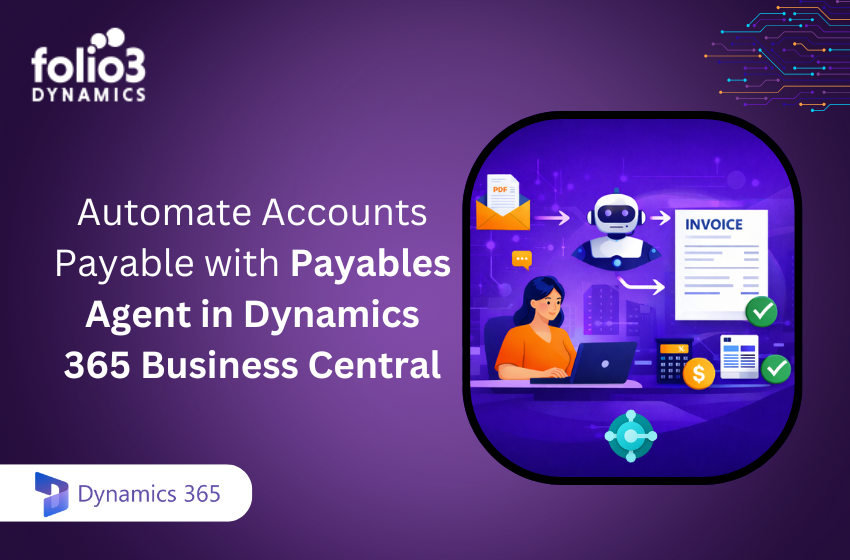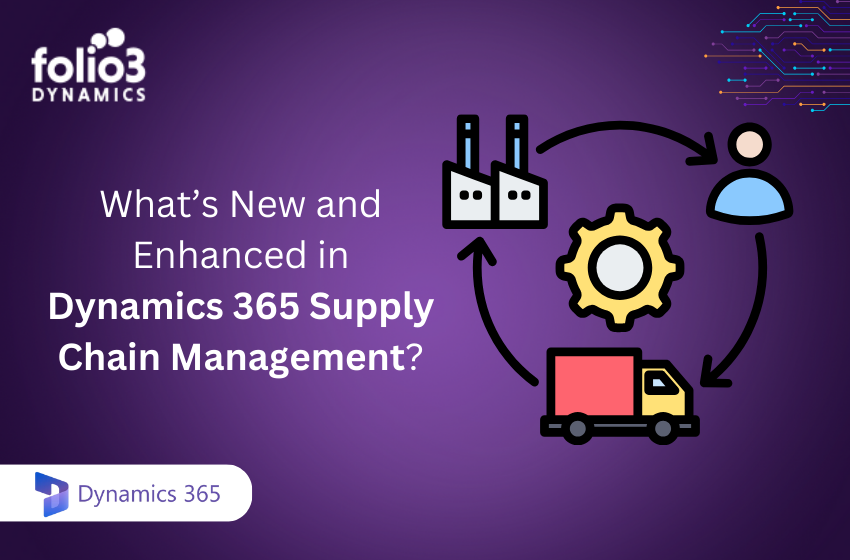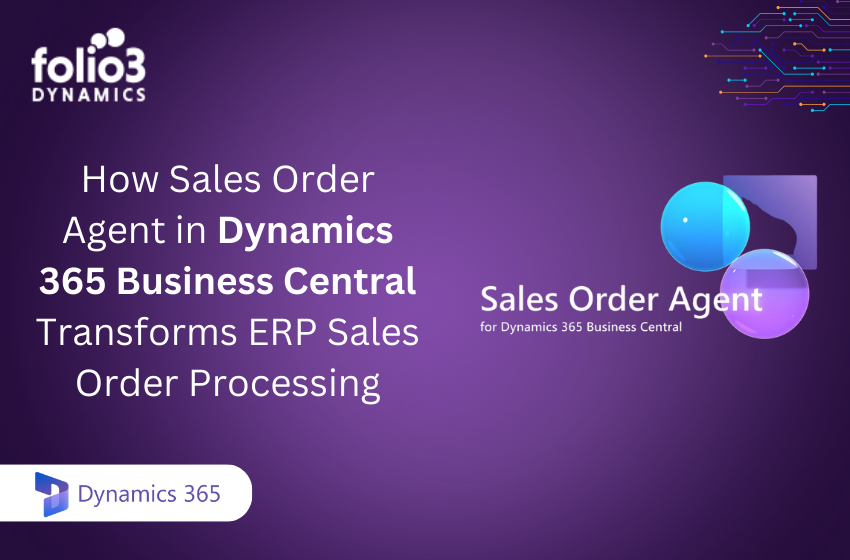PLM and ERP are both categories of software that are frequently used in the discrete manufacturing and consumer goods industries, respectively. Product lifecycle management is known as PLM, while enterprise resource planning is shortened to ERP. Both of these acronyms refer to different aspects of business management.
These companies that sell consumer goods require both of these solutions in order to conduct their business operations in an effective manner. This is due to the fact that these businesses either produce their own goods or develop and source their own materials for them, or both.
And when they are searching for a new ERP system, some companies anticipate that all of these functions will be combined into a single software package that will perform all of the aforementioned tasks.
The Differences Between ERP and PLM
ERP vs. PLM
Let’s begin by defining some terminology for ourselves.
Product lifecycle management, also known as PLM, is a type of software that can be customized to manage the design process, configure and track design milestones, and facilitate team collaboration. These functions are performed in order to develop and create new products with the intention of selling them on the market. Product lifecycle management is what PLM stands for when it’s abbreviated.
Enterprise resource planning is what the initials ERP stand for in its abbreviated form. This refers to financial and Supply chain management systems that can process massive amounts of transactional data in an organized manner and are completely integrated with one another. ERPs are designed to assist organizations in their day-to-day operations, particularly in the product procurement and sales that occur after a product has been introduced to the market.
In order to function properly in the real world, the various systems must be able to communicate with one another and exchange information regarding the products they offer.
The ERP PLM integration of two separate systems or the addition of PLM functionality to an existing ERP are both potential routes to take in order to accomplish this objective and acquire the desired outcome.
It’s possible that our strategy will surprise you given how appealing it is to combine the two systems into a single solution, complete with a centralized database for both of them.
Should the PLM and ERP systems be merged into a single, unified platform?
When companies try to combine their PLM and ERP systems into a single software package, they frequently find that one of the systems loses functionality in the process. There have been multiple occasions where attempts to combine the adaptability of PLM with the structure of ERP have been unsuccessful. This is due to the fact that, in order to find a single solution, these methods require relinquishing the distinguishing qualities that have contributed to the continued existence of each system.
As a direct consequence of this, we are of the opinion that it is in everyone’s best interest to keep PLM and ERP completely independent from one another. These two distinct software solutions each support a very different set of application architectures, and those architectures couldn’t be more different from one another if they tried.
If both of your systems are given the opportunity to function independently of one another, it is feasible for you to realize a return on the combined initial investment that you made in them. Your investment will certainly be profitable if you follow these steps. As a direct consequence of this, the systems will be able to function to the very best of their capabilities. The product data that is utilized for manufacturing and sales transactions are very different from the product data that is used during the design phase of the product.
The most important thing that is required here is to identify suitable connection points that will make it possible for the two separate programs to communicate with one another regarding product information such as quality, variants, and other similar topics.
Where exactly do you make the distinction between ERP and PLM, and why is it so vital to make such a distinction in the first place?
When assessing your product offers across all distribution channels and geographical areas, be sure to keep in mind the following four fundamental rules:
The recording of each and every product within the PLM system is voluntary and not required in any way. For any products that it designs on its own, your consumer goods company is exempt from using the product lifecycle management system (PLM) until the very early phases of the product development process. Products that were designed by a third party are not required to go through the PLM cycle and can instead be quickly incorporated into the ERP system. This is because other parties are not considered to be internal stakeholders. The reason for this is that:
You need to make a decision regarding which system will act as the master for each product, and then you need to make that system the master system going forward. Because of this, you will have an easier time avoiding conflicts and duplications, which is essential if you want to steer clear of challenging integrations that involve two sides.
It is of the utmost importance to establish an interface between ERP and PLM that takes into consideration more than just product data. For instance, you need to begin by designing the architecture for how the product data will flow across all of the applications without producing any friction. This foundation has to incorporate reference data for a number of time periods, currencies, measurement units, and service providers.
In conclusion, more complex data integrations need to take into account the flow of data for BOMs, POs, routes, and so on, in addition to the reference and product data already present. In addition to the reference materials and product details, this includes the following. In addition to the reference data and product data, this takes them into account as well.
You are in luck because there is a solution if you are considering utilizing Microsoft Dynamics 365 as your ERP system and this sounds like a lot of things to worry about while integrating your PLM and ERP systems. If this is the case, you are in luck because there is a solution. We have developed a framework that is uniquely tailored to meet the specifications that you need.


